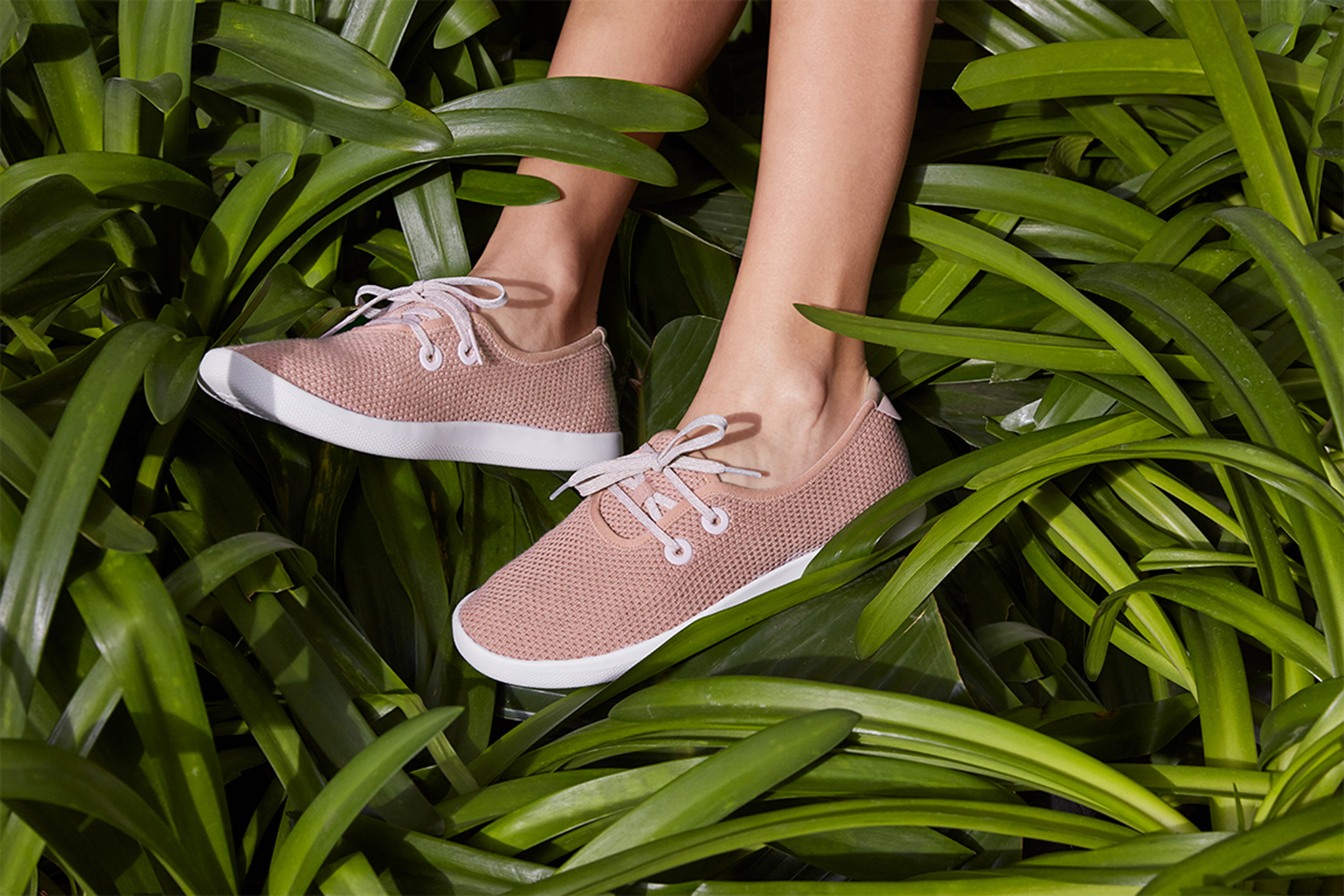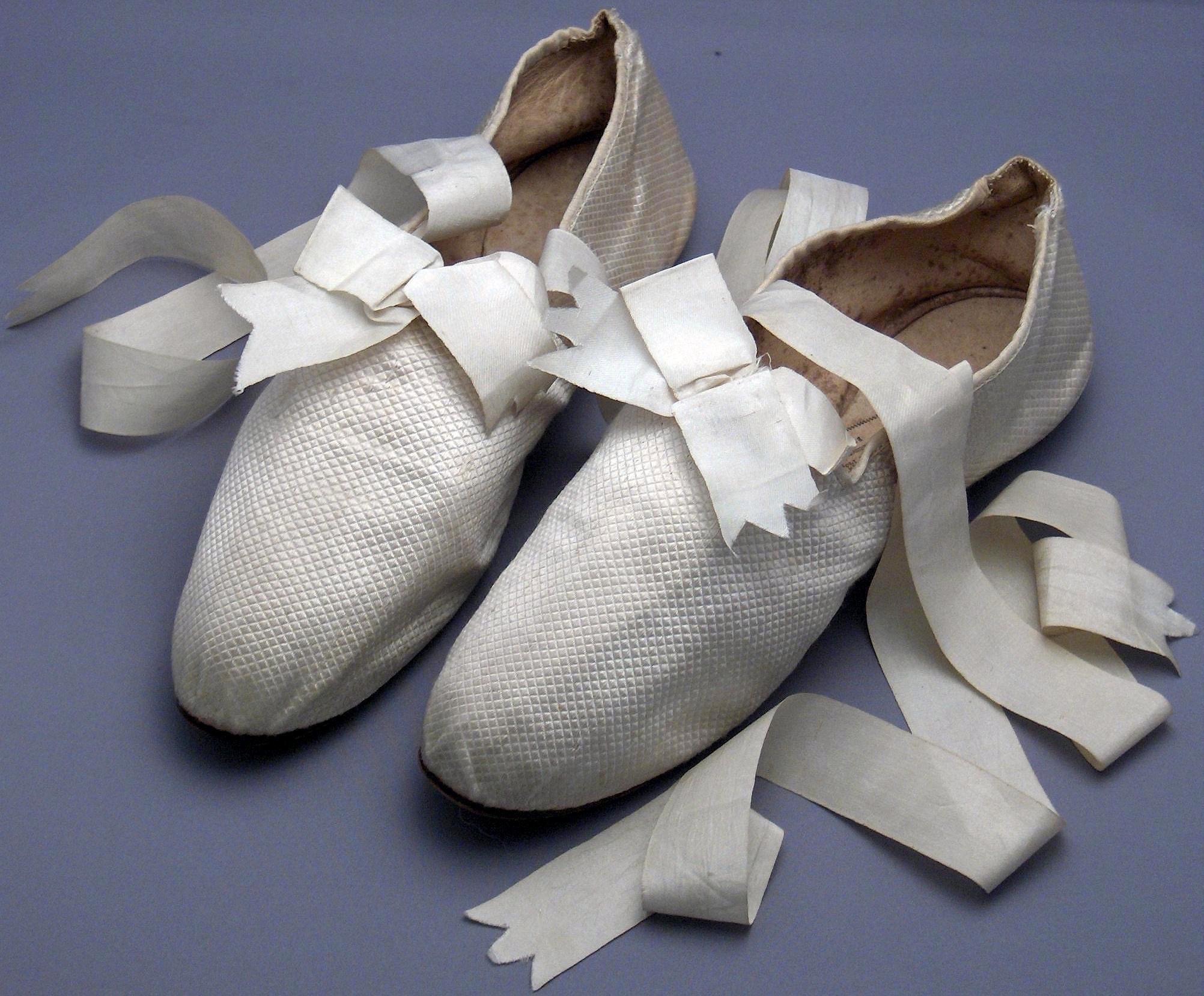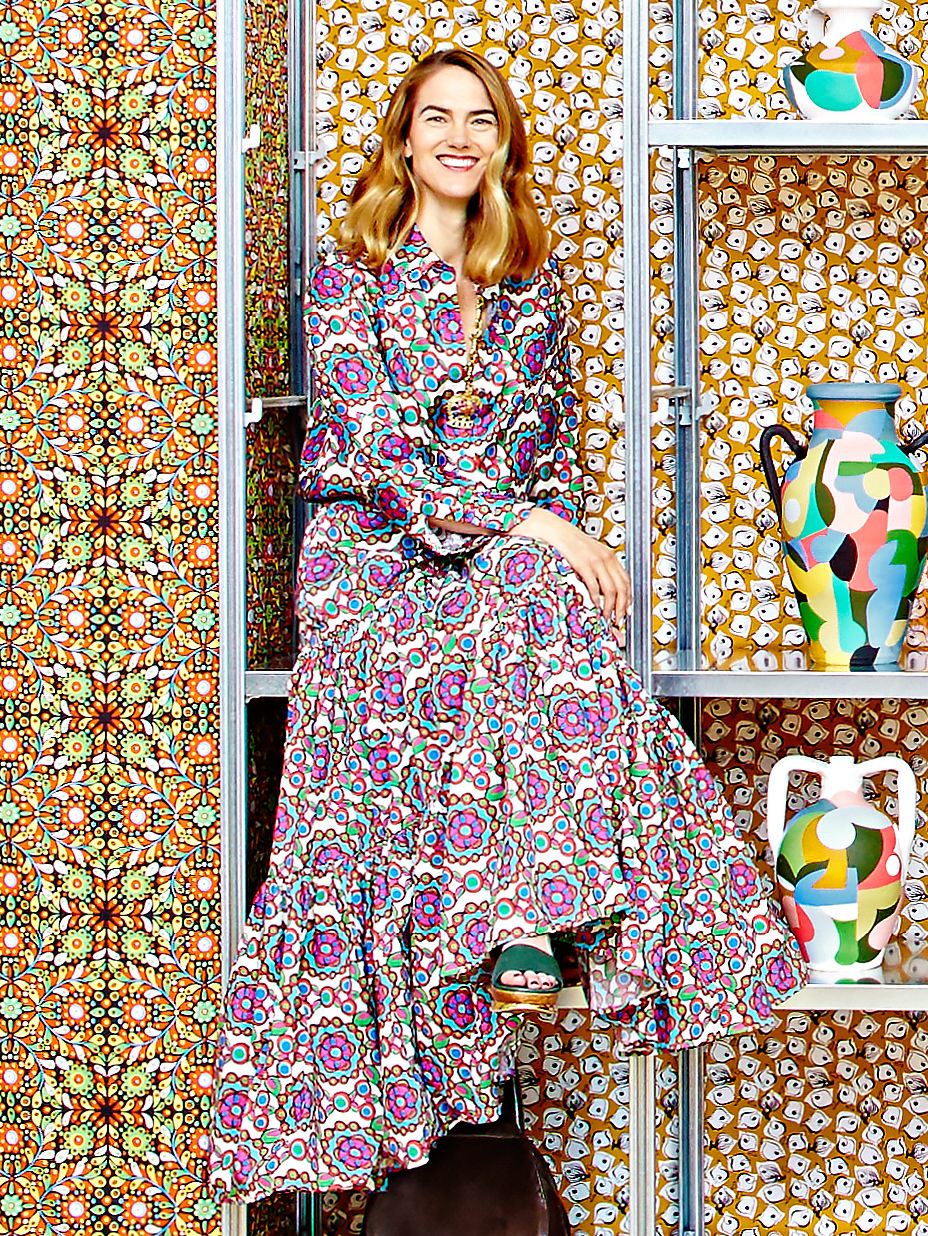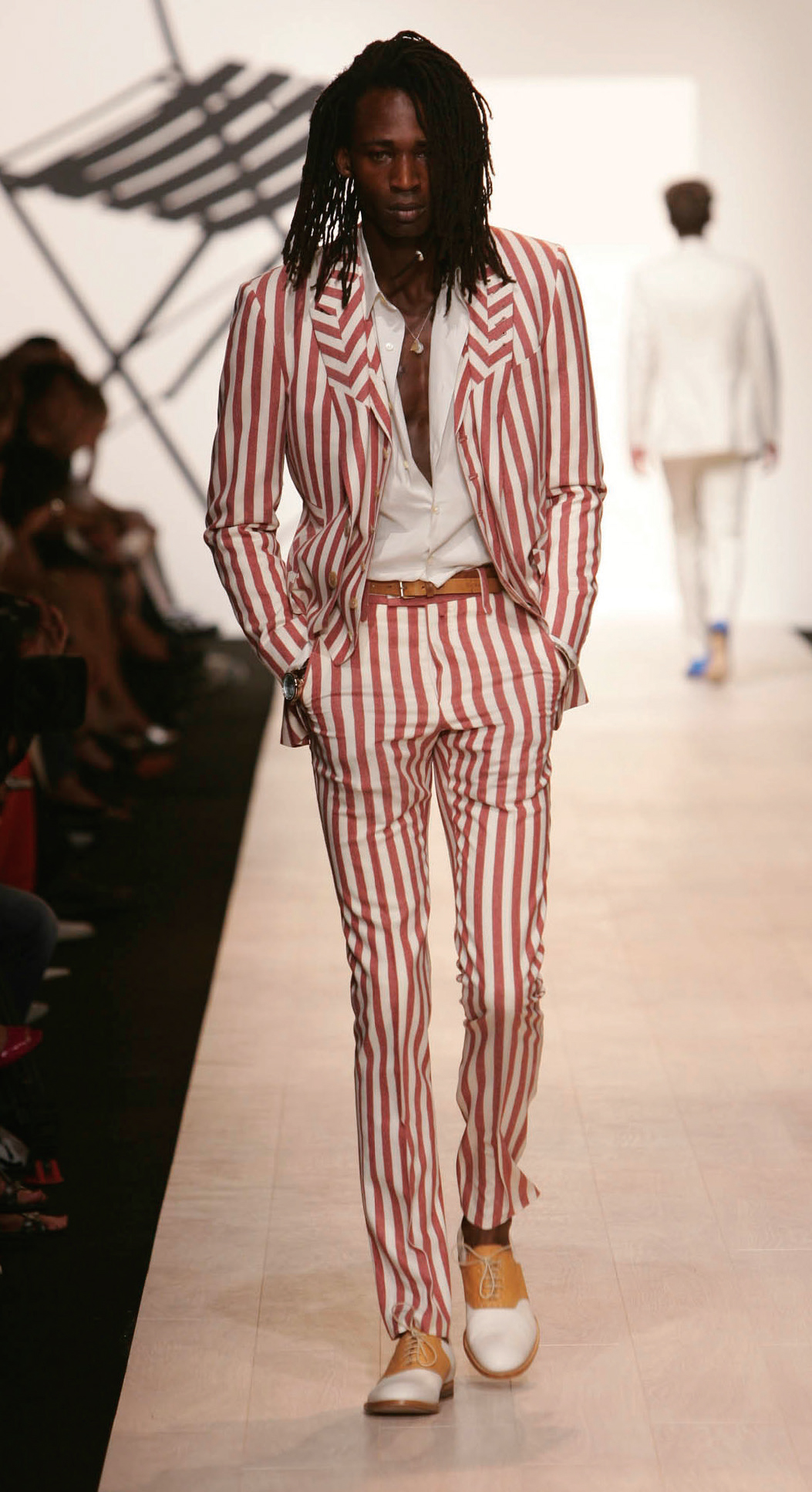-
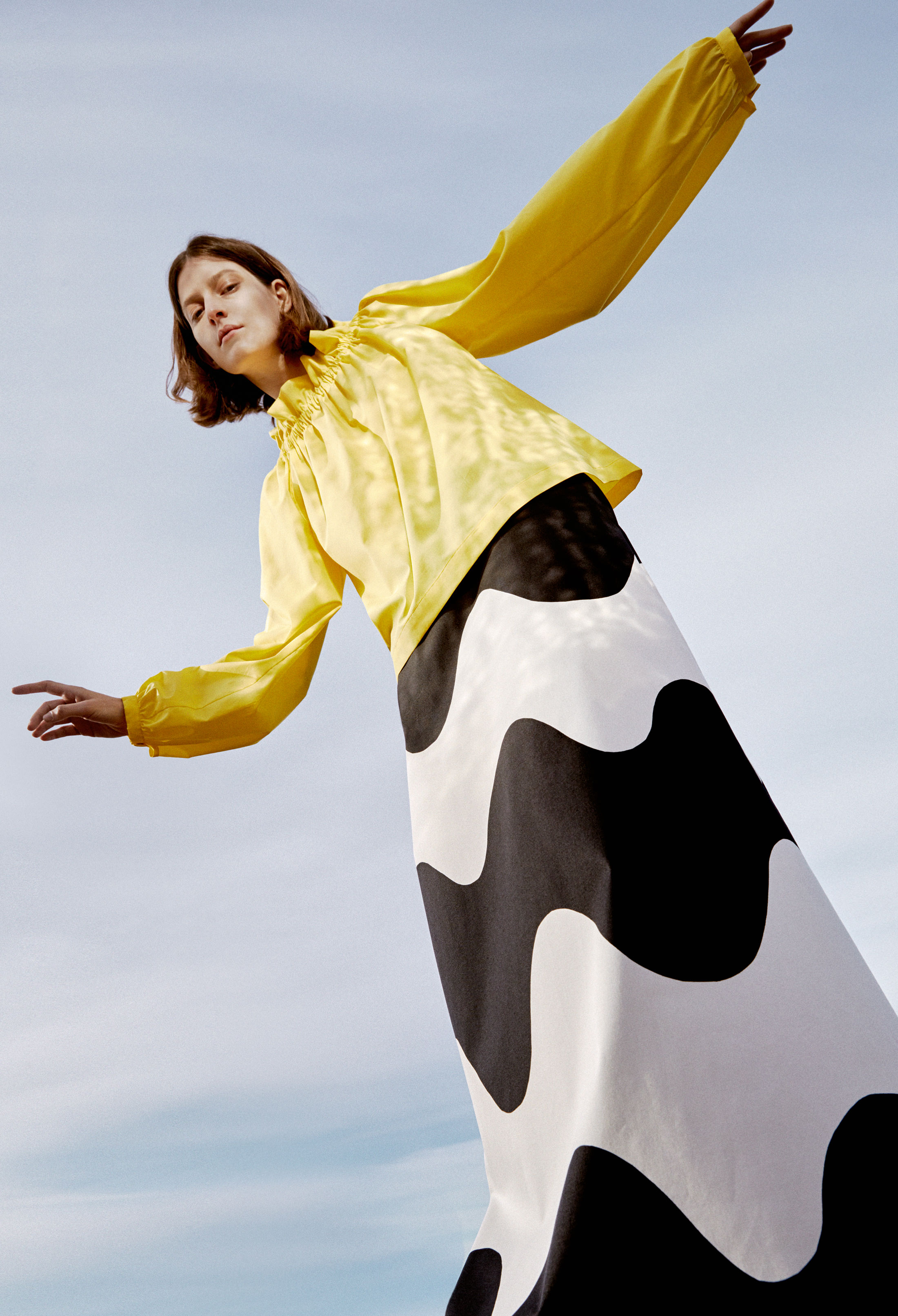
Marimekko is the Finnish textile company synonymous with graphic prints.
-
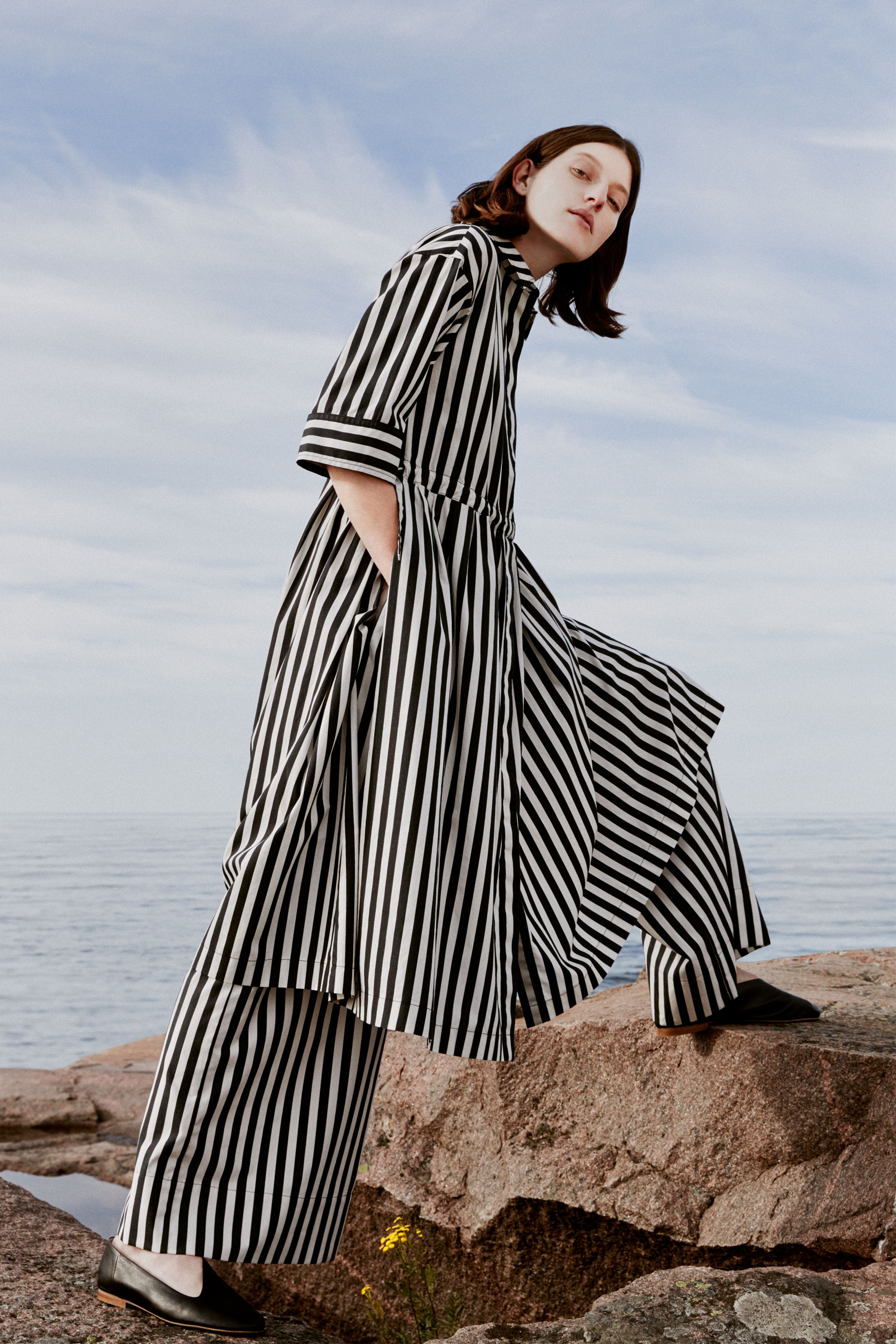
The company was established by Armi Ratia in 1951.
-
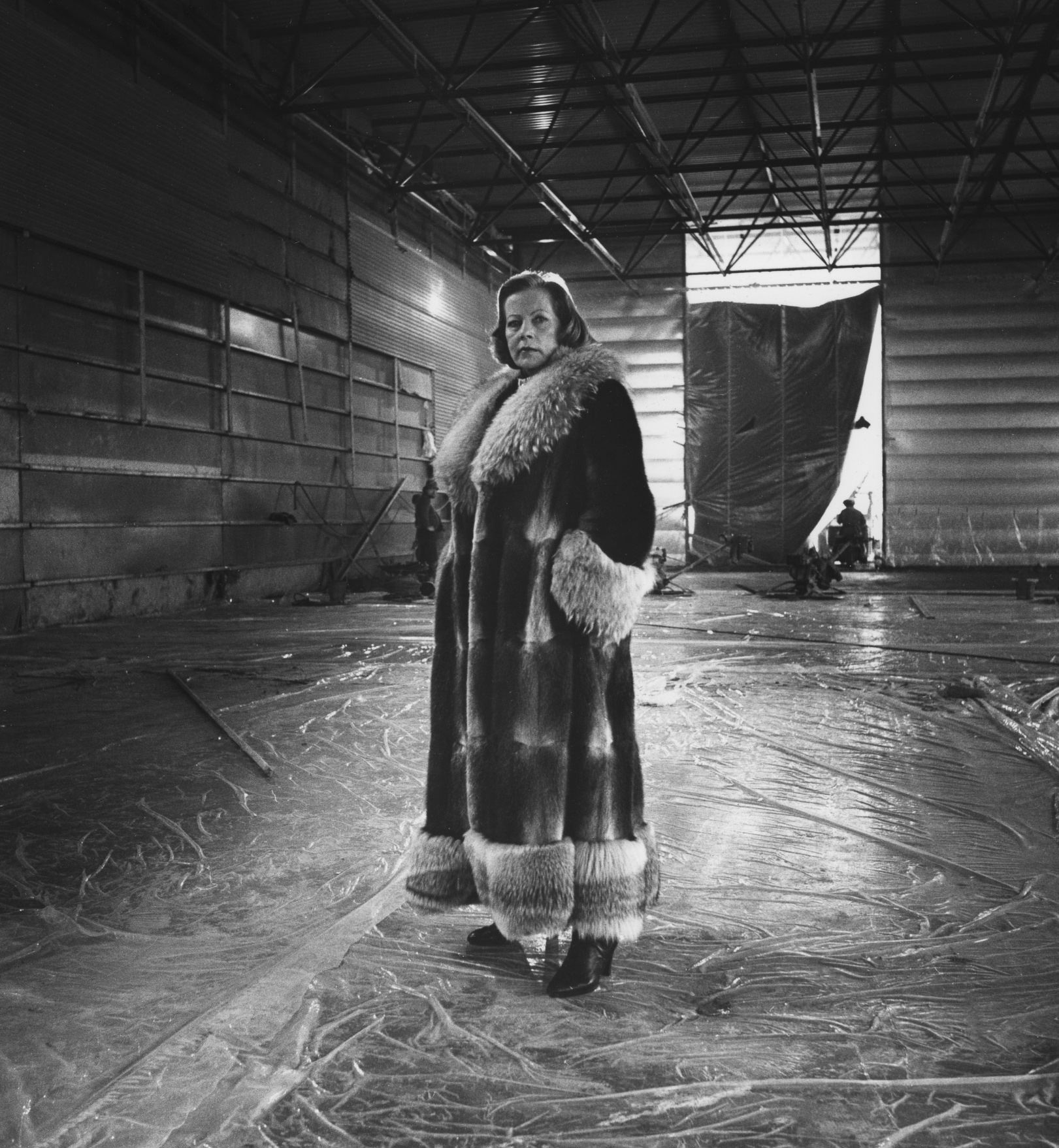
Ratia didn’t set out to make any particular statement when she established Marimekko.
-

Ratia, circa 1978.
-
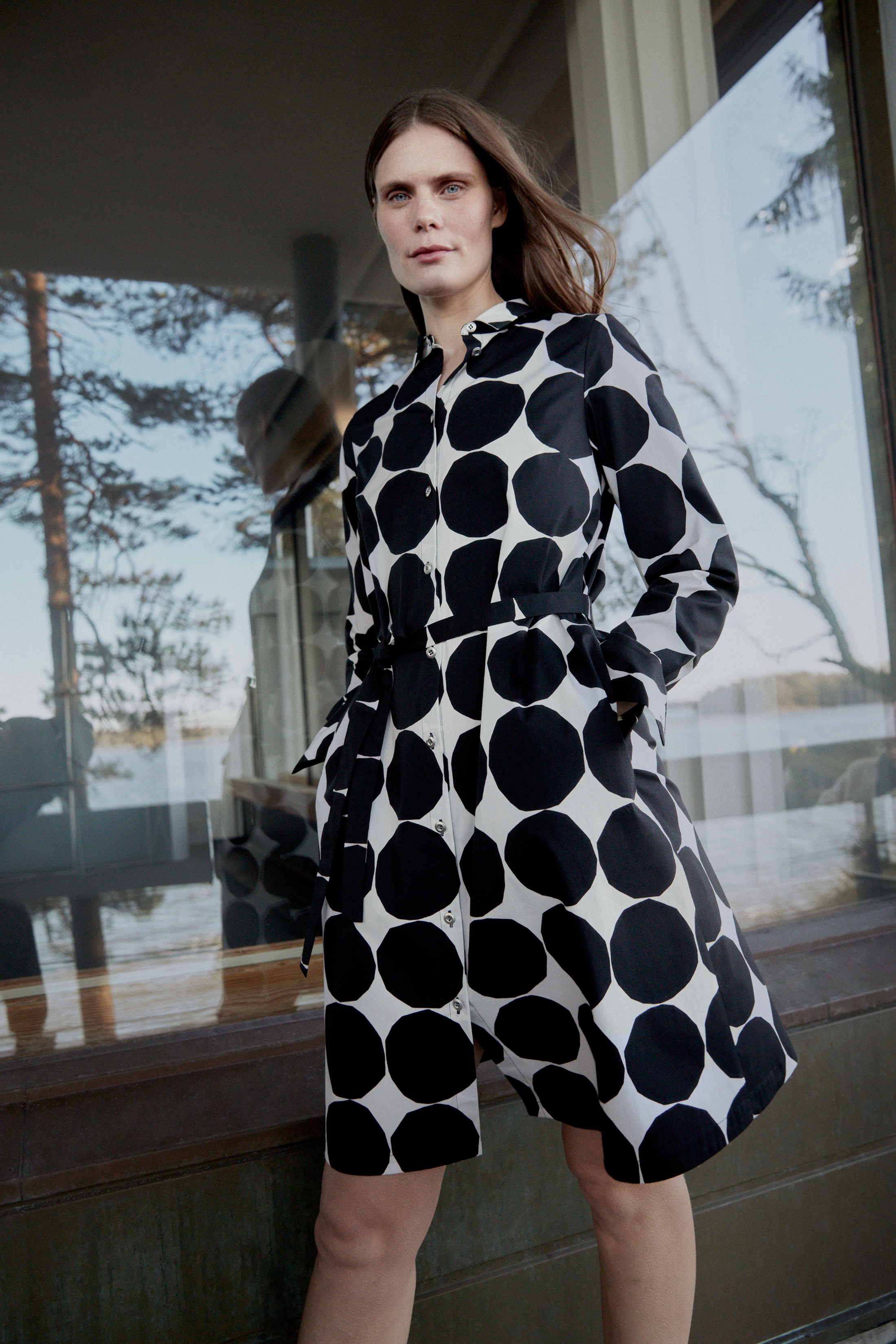
“When she [Ratia] started, lifestyle brands didn’t exist… Armi was ahead of her time.”
-
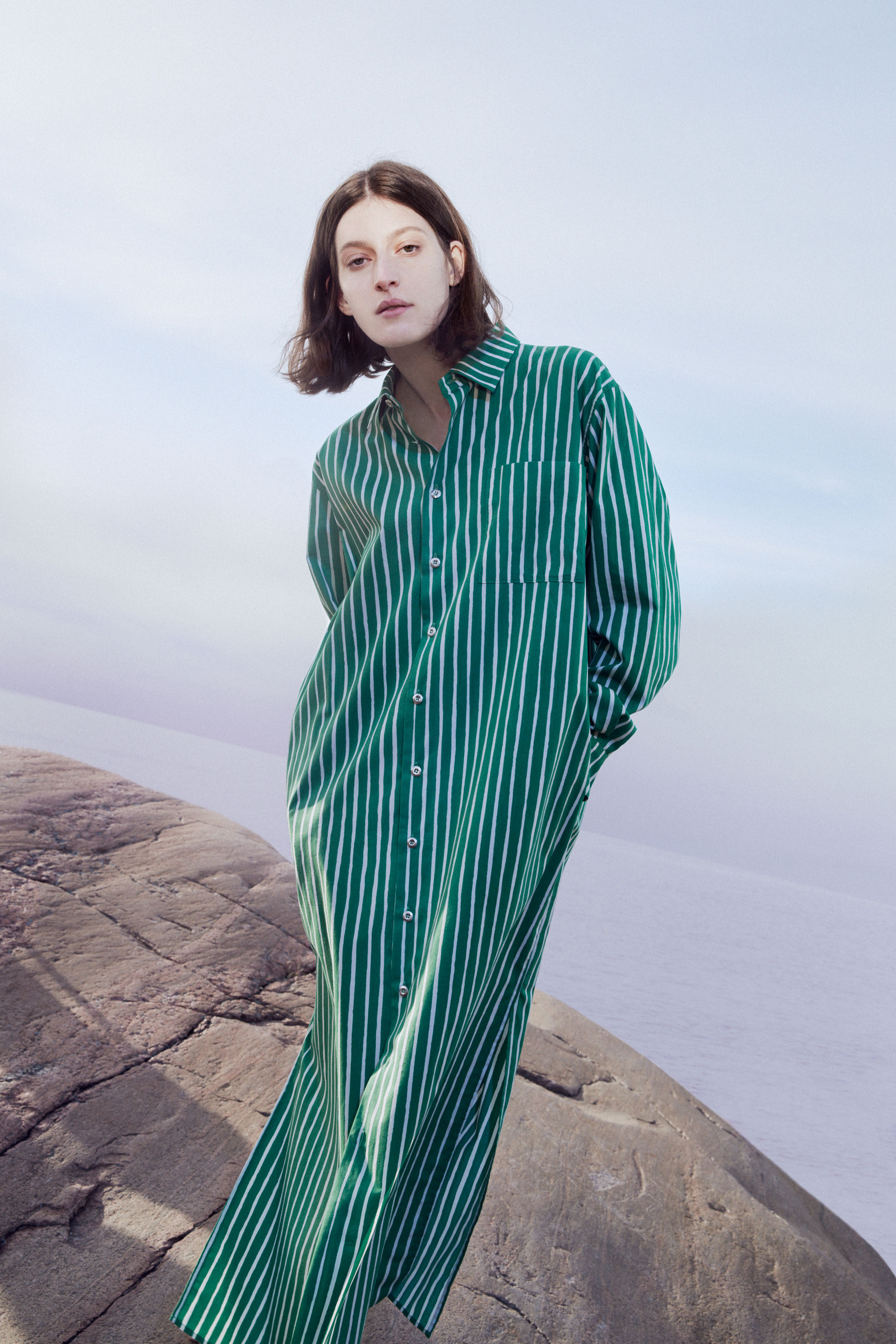
Marimekko was put on the global map after Jacqueline Kennedy was photographed wearing the brand’s dresses.
-
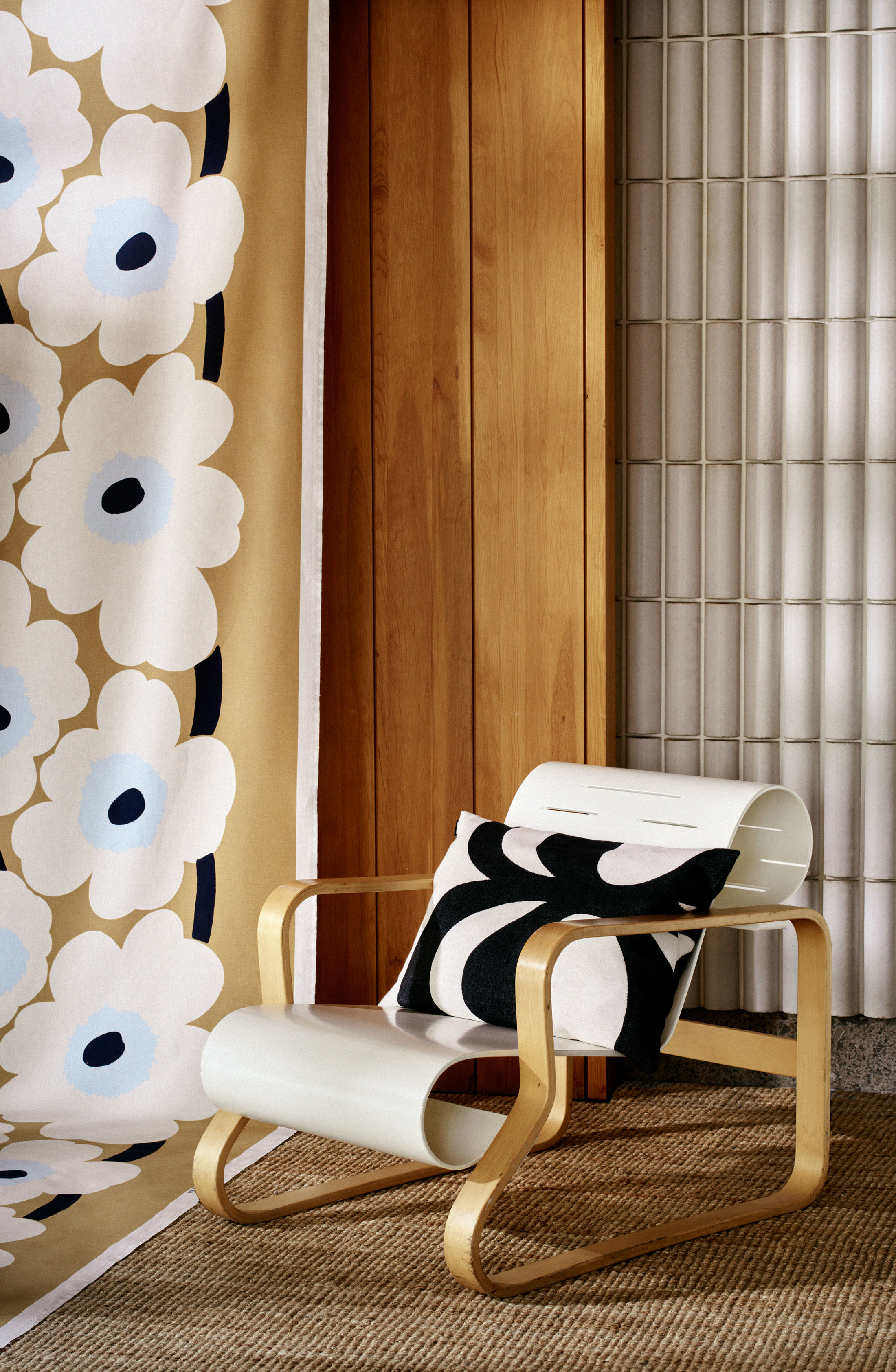
These days, Marimekko turns out a mix of iconic and new prints from its team of designers.
The Spirit of Marimekko
Bold Finnish design.
Marimekko headquarters, on the outskirts of Helsinki, Finland, is a modern building where inside, the company’s signature boldly printed textiles hang from the ceiling and polychromatic poufs have taken up residence on the floor. The Marimekko story is best told through the women who have shaped the 67-year-old company, from its late founder, Armi Ratia, to the 36-year-old president and CEO who runs the company today, Tiina Alahuhta-Kasko.
Ratia didn’t set out to make any particular statement when she established Marimekko in 1951. “She wanted to bring joy to people’s everyday lives,” says Alahuhta-Kasko of Marimekko’s creator, who built a fabric house into something of a national institution. At the time, Finland had been ravaged by war with Russia and had only recently become independent after nearly 600 years of Swedish and then Russian domination.
Ratia worked at an oilcloth and print textile company—owned by her husband, Viljo Ratia—when she started sourcing designers to create expressive, abstract prints in optimistic colours. Her creative vision was bold and bright, and it resulted in distinctive prints that encouraged optimism, freedom, and self-expression. Ratia’s friend, designer Riitta Immonen, came on board soon after. In 1951, Ratia staged a fashion show in Helsinki, showing women they could transform the popular fabrics into dresses. By convincing them to wear dresses with the same patterns that were on, say, their tea towels and tablecloths, the two were on the bleeding edge of a retail trend still very much in play today. “When she [Ratia] started, lifestyle brands didn’t exist,” Alahuhta-Kasko explains. “It was either fashion or home. Armi was ahead of her time.”
Armi Ratia didn’t set out to make any particular statement when she established Marimekko in 1951.
Ratia also sidestepped traditional fashion house hierarchies by insisting that fabric designers’ names be publicized more than hers. The pioneering designers who joined the team included those responsible for some of the company’s best-known patterns, including Maija Isola, whose Unikko, or poppy, pattern has become synonymous with the brand. Isola created it in 1964 in direct protest to Ratia’s diktat that Marimekko would never print a flower pattern; Ratia appreciated Isola’s maverick nature. Kivet, the circle pattern with the charming, imperfect scissor-cut edges inspired by stones, is another classic Isola design that tells stories of nature using pattern.
When Jacqueline Kennedy was photographed during her husband’s presidential campaign wearing Marimekko dresses, she put the company on the global map. As The New Yorker wrote of the loose-cut dresses and the women who wore them (who also included Jane Jacobs and Georgia O’Keeffe), “They aren’t feminine interpretations of the suit-as-uniform, but dissent from the idea of sucking it in and putting on a show.”
Ratia died in 1979, and by the mid ’80s Marimekko had lost its way. Kirsti Paakkanen, founder in 1969 of groundbreaking advertising agency Womena, which protested against discriminatory treatment of women in the workforce, bought the company and saved it from financial shipwreck. She anticipated the idea of retro before it became a trend and harnessed that idea to fight a perception that Marimekko was an older person’s brand. Today, 1960s Marimekko dresses are vintage scores and the company hosts vintage pop-ups in its retail spaces. (Marimekko’s only Canadian concept store is in Vancouver.)
When Jacqueline Kennedy was photographed during her husband’s presidential campaign wearing Marimekko dresses, she put the company on the global map.
These days, Marimekko turns out a mix of iconic and new prints from its team of designers. Colour combinations that don’t work now are archived for potential future use. Alahuhta-Kasko affirms that Marimekko is built on ideas that tick of-the-moment boxes: heritage, a story behind each piece, an open-minded and communal work ethic, and disruption of the textile and fashion industries. Last fall, for example, Marimekko invited a new generation of creators to take part in a weekend-long hackathon, brainstorming ideas such as using virtual reality and augmented reality to connect the company to the consumer. In addition, Marimekko is staying on a successful path with its global brand collaborations with companies such as Finnair, which uses Marimekko textiles and tableware in-flight and painted Unikko poppies on some of its planes, to a well-received fashion line with Uniqlo this spring.
At its own spring/summer collection this year, shown in Paris, Marimekko highlighted the art of printmaking with a giant bolt of cloth that unfurled from ceiling to floor. The collection was a reminder of the staying power of its patterns, as poppies in bright new colour sets of red and turquoise, on tunic dresses and trousers, were sent down the runway. The show also celebrated the 50th anniversary of the Tasaraita print, created in 1968, with shirts of evenly distributed stripes as a symbol of the equality of men and women—a theme the rest of the world seems, only now, to be catching up to.
_________
Never miss a story. Sign up for NUVO’s weekly newsletter, here.





